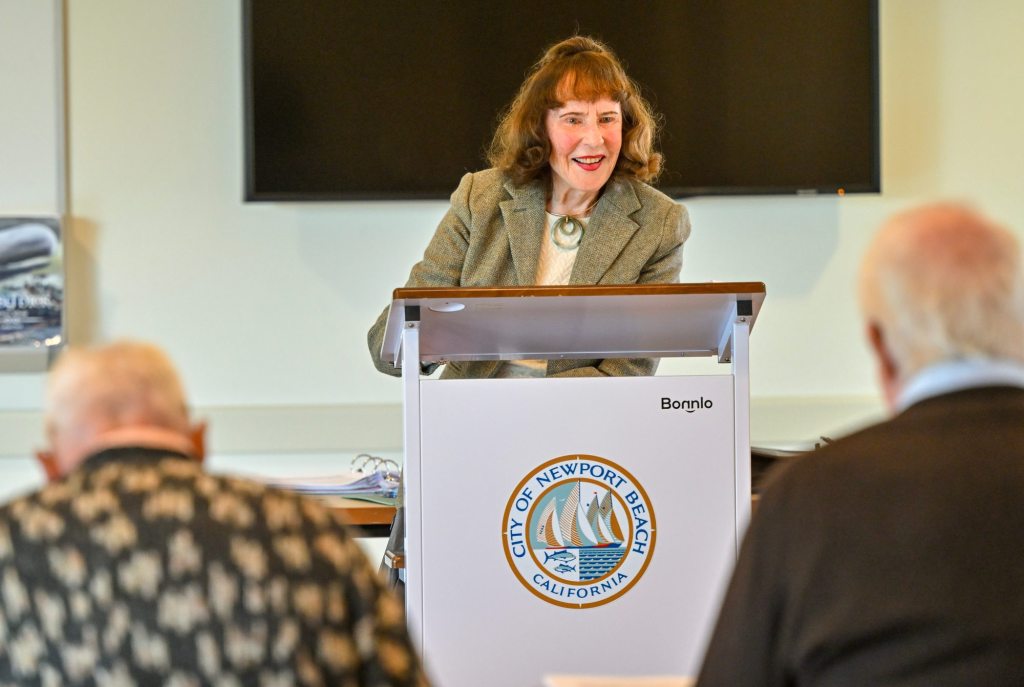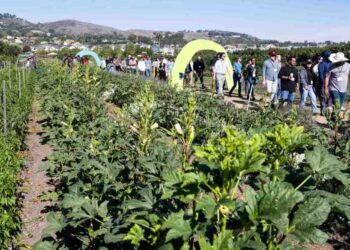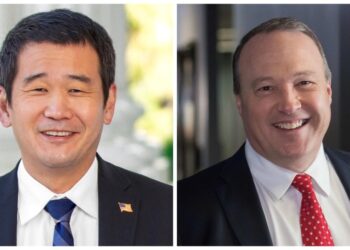Barry Rashap, 79, felt it at the bank, where a woman stepped in front of him because he was a step too slow to get in line.
“I actually said something, but she didn’t respond,” Rashap said. “But when she was done and I got up to the teller, he sort of said, ‘Good for you.’ He saw that she was rude to me because of my age.”
For Barbara Sloate, 86, the feeling has come as she’s aged into what she calls “an also.”
“At a certain point, you aren’t considered normal,” Sloate said. “It’s like, ‘Also, Mom will be there.’ You’re an also, an afterthought, even in your own life.”
And Darrielle Wilson, 89, said simply that it’s why she’s wary about disclosing her true age.
“If I tell you I’m almost 90, then that’s it; I’m out. No invites to parties or anything. But if I can still look closer to 70, then I’m still considered part of life.
“I’m not talking about vanity,” she added. “I’m talking about being considered still truly alive, or not, because of your age. And that feeling, right there, that’s ageism. That’s pretty obvious.”
Two other things also are obvious.
First, Rashap, Sloate and Wilson are part of America’s fastest-growing demographic cohort – older people.
Since 2010, census data shows that the population of people age 65 and older has jumped by about 38%, compared with 2% growth for people younger than 65. By 2032, the American population is projected to be home to more older people (65 and up) than kids (ages 18 and under). And by 2050, nearly 1 in 4 Americans will be 65 or older, up from today’s ratio of about 1 in 6. What’s more, the oldest of all the age cohorts – Americans 85 and up – is the fastest growing subgroup, expected to double between now and 2040, according to the Administration on Aging.
By any measure, the pattern is clear: American demography is skewing older in ways that could reshape, among other things, how we feel about the idea of “old.”
The second…
Read the full article here






